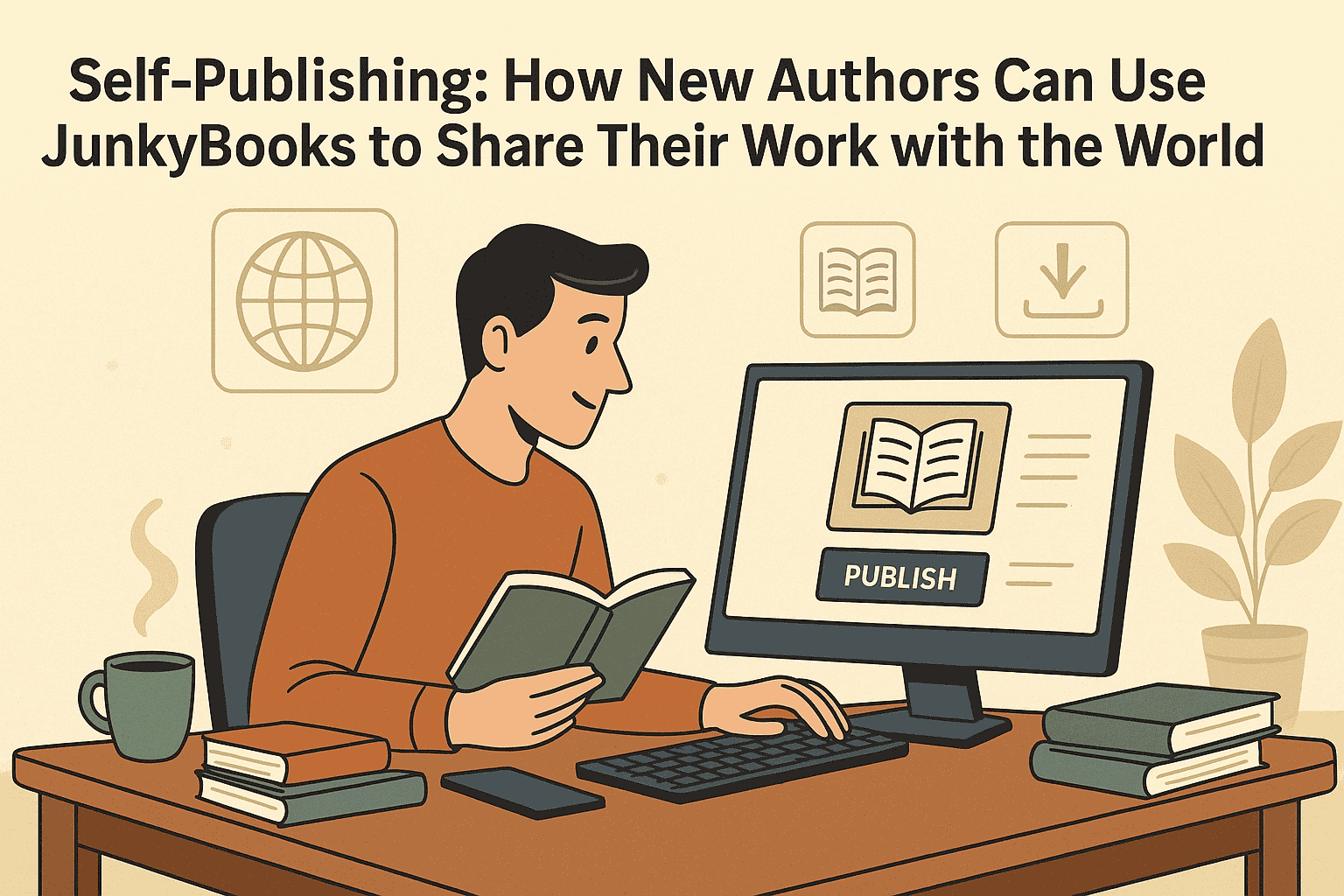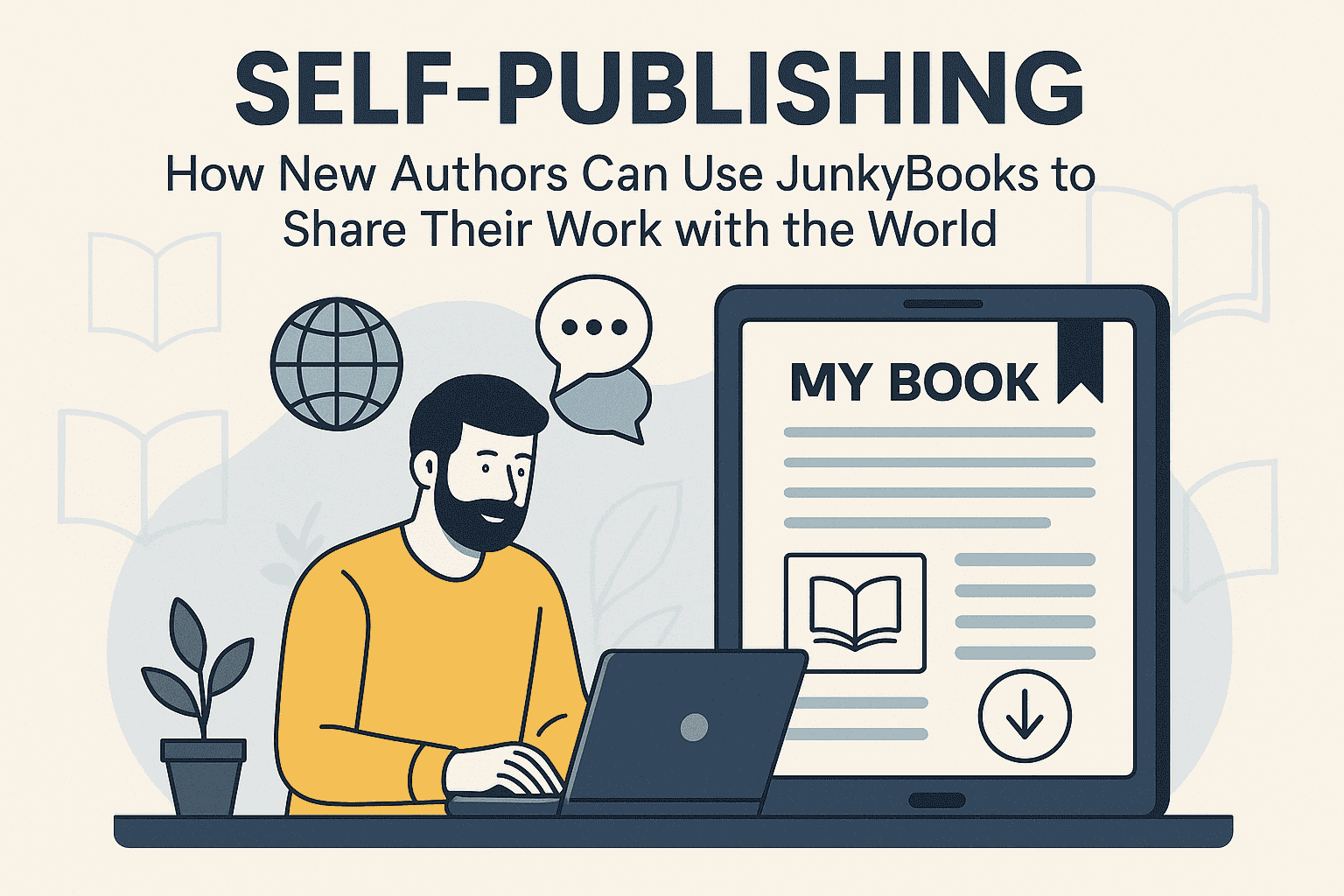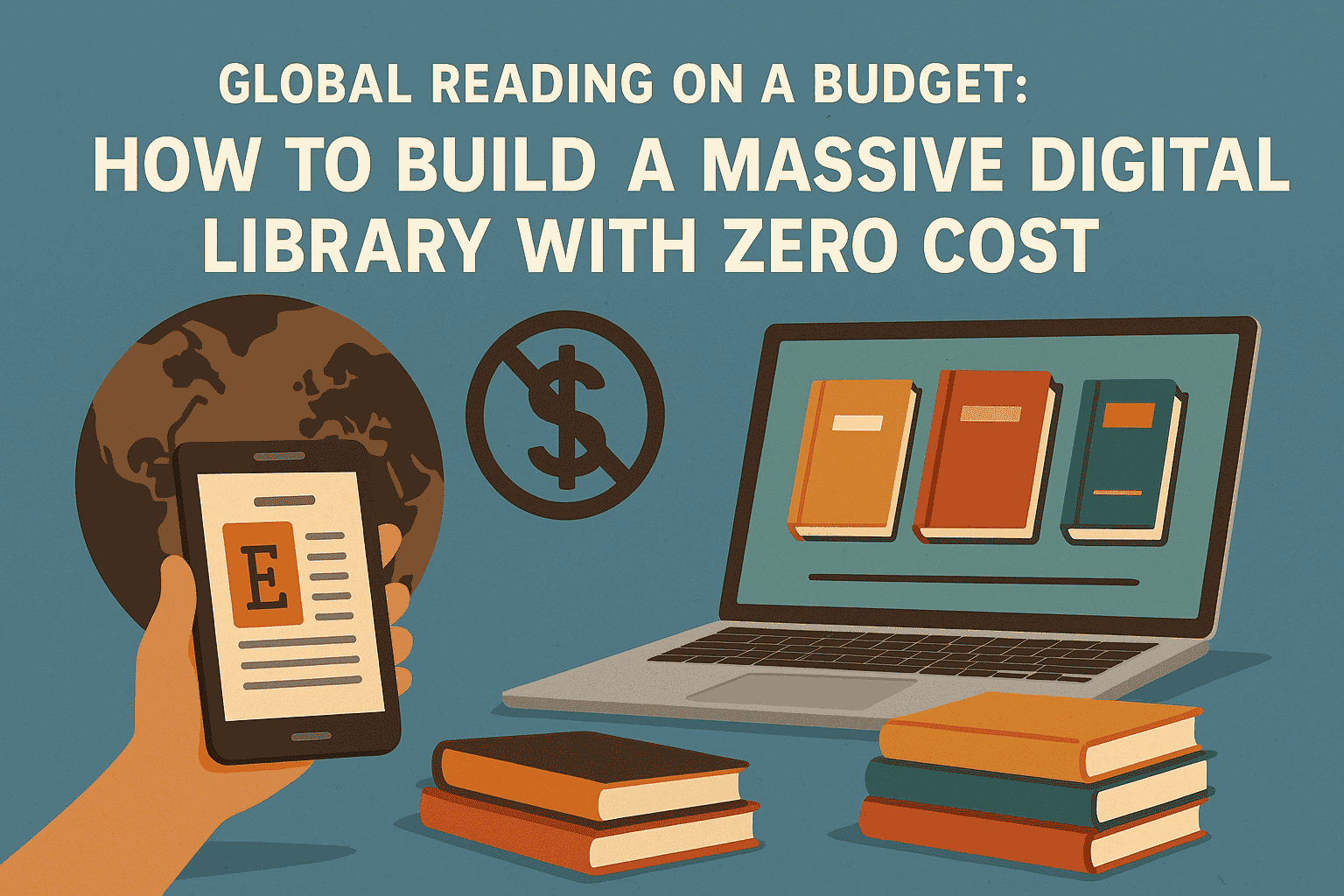How Book Covers Influence Our Reading Choices
They say, “Don’t judge a book by its cover,” but let’s be honest—most of us do. Whether we're browsing online or strolling through a bookstore, it’s often the book cover that catches our eye before anything else. The design, color palette, font choice, and imagery all work together to either draw us in or push us away. In an era of visual overload, a well-crafted cover is more than just decoration—it's a powerful marketing tool, a reader’s first impression, and, often, the deciding factor in a purchase.
At Junkybooks, we believe that book covers are silent storytellers. They speak to the genre, mood, and even quality of the writing before a single word is read. In this blog post, we’ll explore the psychology, trends, and impact of book cover design—and why it plays such a crucial role in our reading decisions.
The Psychology Behind Book Cover Design
Humans are visual creatures. Research shows that we process images 60,000 times faster than text. That means, in the few seconds we spend looking at a book cover, our brains are already making assumptions about the content inside. Is it serious or playful? Academic or accessible? Is it worth your time?
The use of color plays a major role. For instance:
-
Red often signals urgency, passion, or drama—commonly seen in thrillers or romance.
-
Blue gives a sense of calm, trust, and depth—ideal for nonfiction, memoirs, or spiritual works.
-
Yellow is associated with optimism and energy—great for self-help or humorous titles.
-
Black and white might indicate sophistication or seriousness, often used for literary fiction or historical accounts.
Typography also communicates tone. A serif font may suggest tradition or elegance, while a bold sans-serif font might imply something modern and edgy. And imagery—whether abstract or literal—adds further clues to what the book is about.
These visual elements work subconsciously, helping readers make snap decisions about what feels “right” or intriguing to them.
First Impressions Matter: The 3-Second Rule
You’ve likely heard of the three-second rule in marketing—that’s how long you have to grab someone’s attention. The same applies to books. In a crowded marketplace (whether physical or digital), a cover must stand out and communicate value immediately.
Online platforms like Amazon or Goodreads have only thumbnail-sized images to work with. That means covers must be even more compelling when reduced in size. A well-designed cover can make a self-published book look traditionally published and professional, while a poorly designed one can turn readers away no matter how brilliant the content.
This is why authors and publishers invest so much in cover design—it’s the packaging that sells the product.
Genre Expectations and Visual Cues
Every book genre comes with its own visual language. Readers develop an eye for these signals, often without even realizing it. Let’s look at a few examples:
-
Romance novels often feature bright, warm colors, flowing script fonts, and illustrations or photos of couples. Think soft pastels or vibrant reds.
-
Mystery and thriller books lean into darker tones, shadowy figures, and bold, minimalist fonts. They create a sense of suspense before page one.
-
Fantasy and science fiction covers typically showcase elaborate worlds, cosmic backgrounds, mythical creatures, or magical symbols.
-
Young adult fiction may feature illustrated characters, emotional expressions, or symbolic imagery representing growth and identity.
When a book doesn’t align visually with its genre, readers can become confused or disappointed. A mismatch might lead to lower sales—even if the writing is excellent.
The Rise of the “Instagrammable” Book
In recent years, social media has transformed the way readers discover books. Platforms like Instagram, TikTok, and Pinterest have elevated book covers to new heights. “Bookstagram” influencers often feature aesthetically pleasing books that photograph well and match their brand style.
As a result, publishers have started designing covers not just for shelves, but for screens. Flat lays, shelfies, and unboxing videos all showcase how a book looks as much as what it says. Covers now need to be “Instagrammable”—visually cohesive, photogenic, and on trend.
For example, the rise of minimalist covers (clean typography, lots of white space, and simple design) is partly influenced by visual culture online. These covers “pop” on a digital feed, making them more shareable and appealing to younger audiences.
Rebrands and Redesigns: A Second Chance for Books
A book cover is not always set in stone. Many titles go through redesigns—especially if the original version didn’t resonate with readers or failed to sell. Sometimes a new edition gets a makeover to appeal to a different market or demographic.
A great example is “The Great Gatsby.” Over the decades, it’s had dozens of different covers—from abstract art deco to minimalist typography. Each new design attempts to capture the timeless essence of the story while aligning with contemporary tastes.
Similarly, publishers often update classics with bold, modern designs to make them feel more relevant and accessible to today’s readers. This rebranding breathes new life into older texts and attracts readers who may not have considered them otherwise.
Book Covers and Cultural Trends
Covers don’t exist in a vacuum—they reflect the cultural moment. During times of social or political upheaval, you might notice a surge in bold, activist-themed covers. During quieter times, you might see a return to more nostalgic or nature-inspired designs.
The minimalist trend in nonfiction (think white covers with black lettering) often correlates with the current obsession with productivity, clarity, and “decluttering” our lives. On the other hand, vibrant maximalist designs in fiction speak to a hunger for escapism, identity exploration, and storytelling that breaks the mold.
Publishers pay close attention to these trends, often adjusting their visual approach to meet changing reader desires.
Indie Authors and the DIY Cover Dilemma
Independent authors often face a unique challenge: creating a professional-looking cover on a budget. While some invest in skilled designers, others opt for DIY tools. But make no mistake—readers can tell the difference.
A poorly designed cover, even for an incredible book, can doom it to obscurity. That’s why many indie authors now prioritize cover design as a crucial investment, understanding that it’s often the single most important visual touchpoint between their book and potential readers.
The Emotional Impact of a Great Cover
Beyond all the strategy and psychology, there's something magical about a beautiful book cover. It can evoke nostalgia, curiosity, joy, or even fear. Some readers buy books based entirely on how the cover makes them feel, even if they’re not sure what it’s about.
A compelling cover doesn’t just catch the eye—it lingers in the memory. It can become iconic, instantly recognizable, and forever linked with the story it holds inside. Think of the haunting eyes on The Great Gatsby’s classic cover, or the swirling storm cloud of The Catcher in the Rye. These images become part of the book’s identity, just as much as the words.
Final Thoughts
Book covers are more than just marketing tools—they are windows into the world an author has created. They guide our expectations, shape our experiences, and often determine whether we give a story a chance in the first place.
At Junkybooks, we believe every cover has a story to tell. Whether it whispers with elegance or shouts with energy, the cover is the first promise a book makes to its reader. And in a world flooded with choices, that promise can make all the difference.
So next time you pick up a book, take a moment to really look at the cover. What does it say to you? What emotions does it spark? And did it, perhaps, play a bigger role in your decision than you realized?







